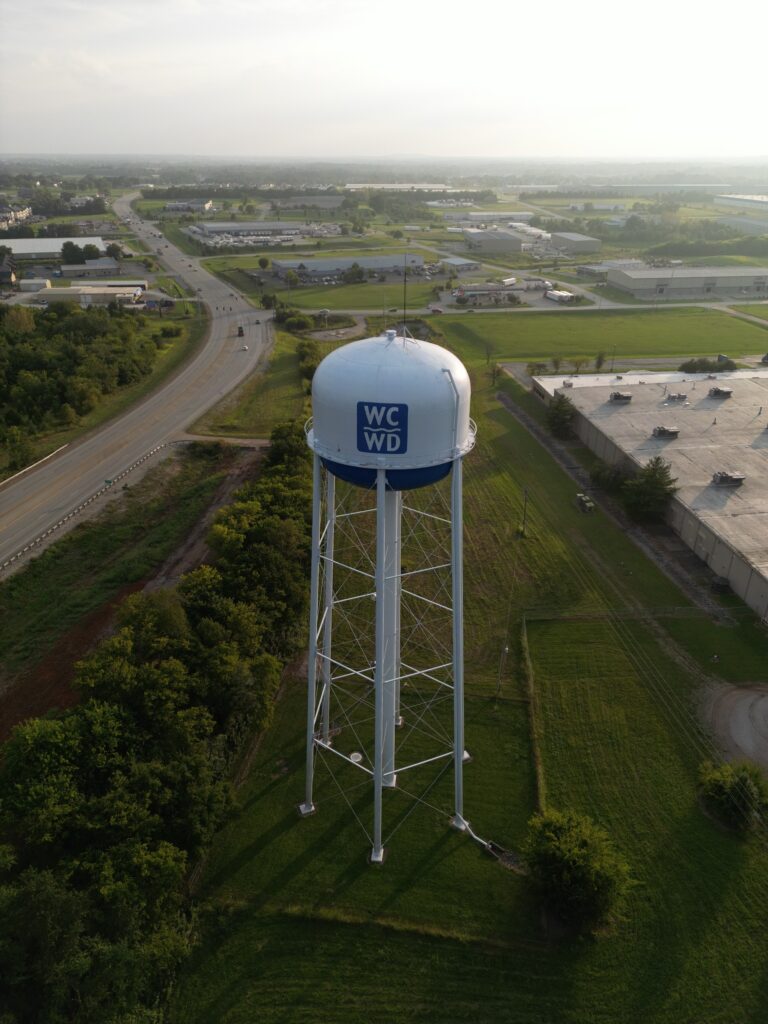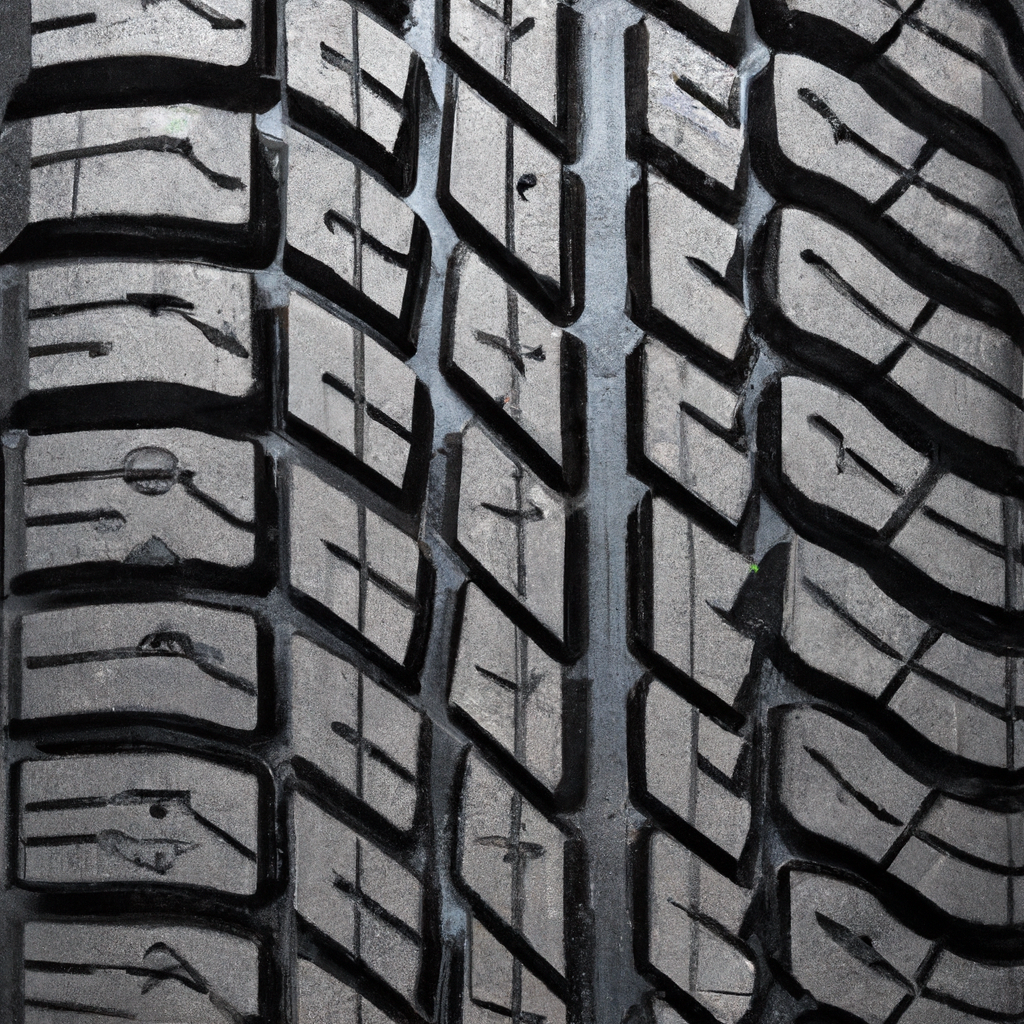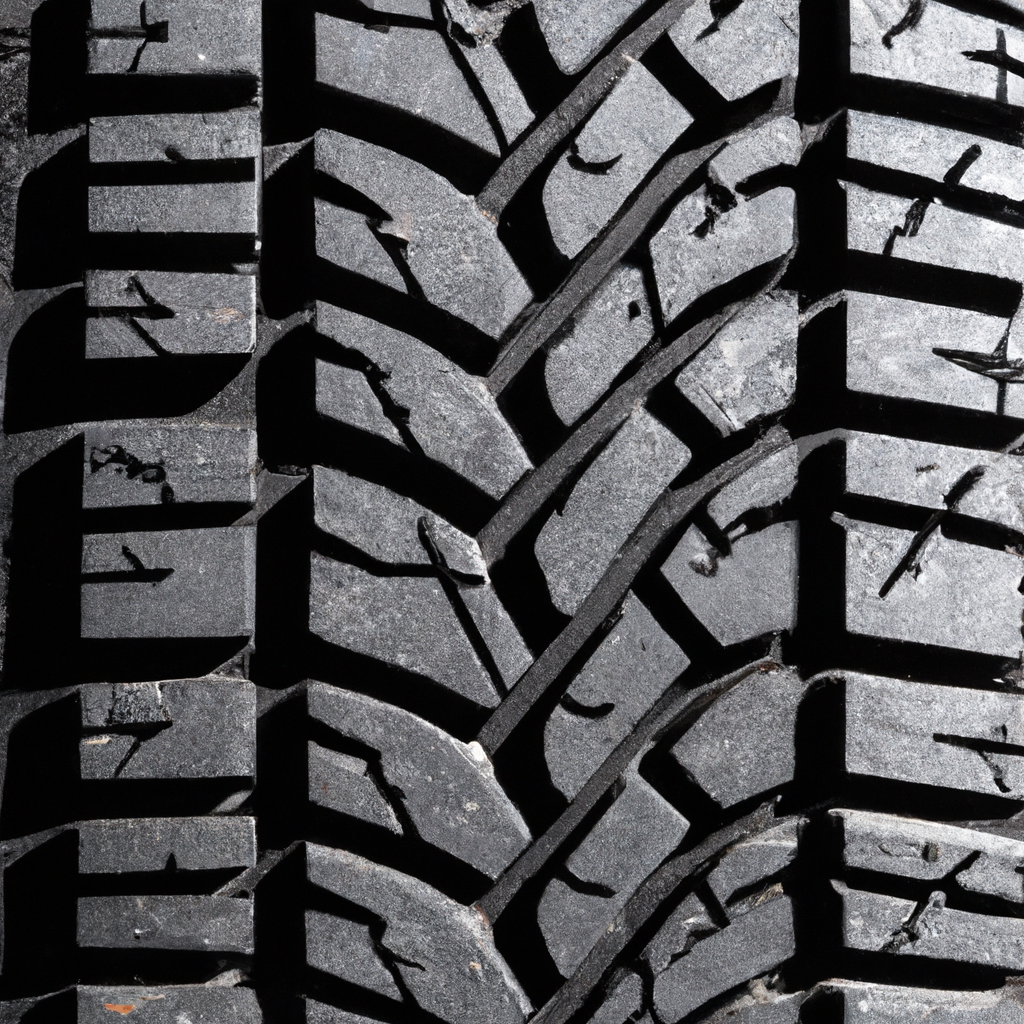Taking proper care of your vehicle’s tires is essential for ensuring your safety on the road. Neglecting tire maintenance can have a significant impact on the overall safety and performance of your vehicle. From tire pressure to tread depth, each aspect of tire maintenance plays a crucial role in keeping you and your passengers safe during your travels. In this article, we will explore the various ways in which tire maintenance can directly influence the safety of your vehicle and why it should never be overlooked. So, buckle up and get ready to discover the importance of proper tire care. Absolutely! Tire maintenance is crucial when it comes to ensuring the safety and performance of your vehicle. By following a regular maintenance routine and paying attention to important factors such as tire inflation, rotation, alignment, tread depth, and balance, you can greatly improve your vehicle’s handling, braking, fuel efficiency, and overall safety on the road. Let’s dive deeper into each aspect of tire maintenance and explore their significance in detail.

1. Proper Tire Inflation
Influence on vehicle handling
Maintaining proper tire inflation is essential for optimal vehicle handling. Underinflated tires can lead to poor steering response, decreased maneuverability, and a less stable driving experience. On the other hand, overinflated tires can result in a harsh and uncomfortable ride, making it difficult to maintain control over your vehicle. By ensuring that your tires are properly inflated according to the manufacturer’s recommendations, you can enhance your vehicle’s handling and enjoy a smoother and safer driving experience.
Effects on braking
Proper tire inflation also plays a crucial role in braking performance. Underinflated tires require more effort to bring your vehicle to a stop, increasing the braking distance and potentially compromising your safety on the road. Overinflated tires, on the other hand, can reduce the tire’s contact patch with the road, leading to decreased traction and compromised braking efficiency. Maintaining the recommended tire pressure can help optimize your vehicle’s braking capabilities and improve overall safety.
Impacts on fuel efficiency
Believe it or not, tire inflation has a direct impact on your vehicle’s fuel efficiency. Underinflated tires increase rolling resistance, causing your engine to work harder and consume more fuel. Over time, this can result in decreased fuel efficiency and increased carbon emissions. By regularly checking and maintaining proper tire inflation, you can help preserve fuel economy, reduce your carbon footprint, and save money at the pump.
2. Regular Tire Rotation
Even tread wear distribution
Regular tire rotation involves moving your tires from one position to another on your vehicle. This practice ensures that tires wear evenly across all positions, preventing premature wear and extending their overall lifespan. By rotating your tires regularly, you can distribute the wear patterns more evenly, resulting in better traction and improved handling. This simple maintenance task goes a long way in maximizing the life of your tires and maintaining optimal performance.
Extended tire lifespan
Tire rotation not only promotes even tread wear but also helps extend the overall lifespan of your tires. By preventing excessive wear on specific positions, you can ensure that your tires wear out at a more balanced rate. This not only saves you money by avoiding the need for premature tire replacements but also enhances the safety of your vehicle. Worn-out tires are more prone to blowouts or other tire-related issues, which can be dangerous and costly. Regular tire rotation is an easy and effective way to increase the longevity of your tires while prioritizing your safety on the road.
Enhanced traction and handling
Properly rotated tires offer improved traction and handling, enhancing the overall performance of your vehicle. As tires wear differently based on their positions, neglecting tire rotation can lead to uneven tread depth and compromised grip on the road. This can negatively impact your vehicle’s ability to handle corners, navigate through various road conditions, and maintain stability during emergency maneuvers. By regularly rotating your tires, you can ensure consistent tread depth, optimize traction, and enjoy enhanced handling, especially in challenging driving situations.

3. Wheel Alignment
Maintaining straight steering
Wheel alignment refers to the adjustment of the angles of your vehicle’s wheels to ensure they are parallel to each other and perpendicular to the road. Proper wheel alignment plays a vital role in maintaining straight steering. When your wheels are misaligned, you may experience your vehicle pulling to one side, making it difficult to keep your vehicle on a straight path. This can be both uncomfortable and potentially hazardous, requiring constant steering correction. By getting your wheels aligned regularly, you can have a smooth and effortless driving experience with improved control over your vehicle’s direction.
Improvement in tire longevity
Misaligned wheels can have a significant impact on tire wear and longevity. When your wheels are not properly aligned, certain areas of the tires, known as the shoulders, experience increased friction against the road surface. This uneven wear can lead to premature tire wear, reducing their lifespan and necessitating more frequent replacements. By ensuring proper wheel alignment, you can maximize the lifespan of your tires, saving you money in the long run and contributing to safer driving conditions.
Enhanced vehicle safety
Proper wheel alignment is directly linked to overall vehicle safety. When your wheels are aligned correctly, your tires can make optimal contact with the road, ensuring even wear and better traction. This translates to improved stability, better handling, and increased safety on the road. By investing in regular wheel alignments, you not only protect your tires but also enhance the overall safety of your vehicle, reducing the risk of accidents and promoting a smooth and confident driving experience.

4. Tire Tread Depth
Adequate grip on different surfaces
Tire tread depth refers to the measurement of the vertical distance between the top of the tire tread and the bottom of the tire’s deepest grooves. Adequate tread depth is essential for maintaining sufficient grip on the road. As tires wear down over time, their tread depth decreases, potentially compromising their traction and ability to grip various surfaces. In wet or snowy conditions, tires with insufficient tread depth may struggle to channel water or snow away from the contact patch, increasing the risk of hydroplaning or losing control. By regularly checking and maintaining appropriate tread depth, you can ensure better grip on different surfaces, reducing the likelihood of accidents and ensuring your safety while driving.
Effective water dispersion
One of the critical functions of tire tread is to disperse water on wet roads. The tread patterns are designed to channel water away from the contact patch and prevent hydroplaning, where the vehicle loses contact with the road surface due to a buildup of water. Insufficient tread depth can hinder this water dispersion process, increasing the chances of hydroplaning and compromising your control over the vehicle. By regularly measuring and maintaining the appropriate tread depth, you can ensure that your tires effectively disperse water, reducing the risk of hydroplaning and promoting safer driving in wet conditions.
Prevention of hydroplaning
Hydroplaning is a terrifying experience that occurs when a layer of water separates the tires from the road surface, leading to a loss of control. Adequate tread depth plays a vital role in preventing hydroplaning by providing channels for water to escape and maintaining contact between the tires and the road. Tires with shallow tread depth are more prone to hydroplaning, as they struggle to evacuate water efficiently. By keeping an eye on your tire tread depth and replacing tires when they reach the minimum depth recommended by manufacturers, you can significantly reduce the risk of hydroplaning and ensure your safety during wet weather conditions.

5. Tire Balance
Reduced vibrations and noise
Tire balance refers to the equal distribution of weight around each tire and wheel assembly. When a tire is out of balance, it can cause vibrations and unwanted noise, leading to an uncomfortable driving experience. These vibrations can also affect other components of your vehicle, such as the suspension system, resulting in premature wear and potential damage. By regularly balancing your tires, you can eliminate these vibrations and enjoy a smoother, quieter ride, enhancing your comfort and minimizing the risk of further mechanical issues.
Protection against wheel and suspension damage
Imbalanced tires not only affect your comfort but can also have a detrimental impact on the wheels and suspension system of your vehicle. The constant vibrations caused by unbalanced tires can place unnecessary stress on these components, leading to premature wear, damage, and potentially expensive repairs. By ensuring proper tire balance, you can protect your wheels and suspension system, maintaining their longevity and avoiding unnecessary expenses.
Enhanced driving comfort
Tire balance directly contributes to your overall driving comfort. When your tires are properly balanced, you can experience a smoother and more enjoyable ride. The elimination of vibrations and unwanted noise allows for a more relaxing driving experience, reducing driver fatigue and increasing focus on the road ahead. By investing in regular tire balancing, you prioritize your comfort and aim for a more pleasant journey every time you get behind the wheel.

Common Tire Maintenance Issues
Underinflation/Overinflation
One of the most common tire maintenance issues is incorrect tire inflation. Underinflated tires pose a risk to your safety, as they have insufficient air pressure to support the weight of your vehicle. This can lead to increased heat buildup, potential tire failure, and compromised handling. Overinflated tires, on the other hand, have excessive air pressure, resulting in reduced tire contact with the road and decreased traction. Both scenarios can negatively impact your vehicle’s safety, handling, and overall performance. By regularly checking and maintaining the proper tire inflation, you can avoid these issues and ensure a safer driving experience.
Uneven Tread Wear Patterns
Uneven tread wear on tires is another common issue that can compromise your safety on the road. Improper tire rotation, misalignment, or suspension problems can lead to uneven wear patterns, where certain areas of the tire tread wear out faster than others. This can result in reduced traction, compromised handling, and increased risk of hydroplaning. Regularly inspecting your tires for uneven wear patterns and addressing the underlying causes, such as wheel alignment or suspension issues, can help prevent these safety concerns and maximize the lifespan of your tires.
Misaligned Wheels
Misaligned wheels can cause significant tire wear and safety issues. Whether as a result of hitting a pothole or curbing, or simply due to regular wear and tear, wheels can become misaligned, affecting the overall performance of your vehicle. Signs of misaligned wheels may include your vehicle pulling to one side, uneven tire wear, or a vibrating steering wheel. Ignoring wheel alignment issues can lead to uneven tread wear, compromised handling, and decreased safety. Regular wheel alignment checks and adjustments can help maintain a straight steering, extend tire lifespan, and promote safe driving conditions.
Low Tire Tread Depth
Tire tread depth plays a critical role in maintaining traction and ensuring your safety on the road. Insufficient tread depth can result in decreased grip, especially in wet or slippery conditions, leading to longer braking distances and an increased risk of accidents. Regularly checking your tire tread depth and replacing tires when they reach the minimum recommended depth is essential for your safety. By doing so, you can avoid potential hydroplaning, improve traction, and maximize your vehicle’s overall performance.
Imbalanced Tires
Tire balancing is often overlooked, but it can have a significant impact on your safety and driving comfort. Imbalanced tires can cause vibrations, affecting your vehicle’s stability and potentially leading to premature wear and damage to other components. Signs of imbalanced tires may include steering wheel vibrations, particularly at high speeds. By having your tires balanced regularly, you can minimize vibrations, prolong tire lifespan, and enjoy a smoother and safer driving experience.
In conclusion, tire maintenance is of utmost importance when it comes to your safety and the overall performance of your vehicle. Proper tire inflation, regular tire rotation, wheel alignment, monitoring tread depth, and tire balance all contribute to enhanced handling, extended tire lifespan, improved fuel efficiency, and increased safety on the road. By investing time and effort in maintaining your tires, you can enjoy a smoother, more comfortable ride while minimizing the risk of accidents and costly repairs. Remember, your tires are the only part of your vehicle in contact with the road, and their condition greatly impacts your safety. So, make tire maintenance a priority, and drive with peace of mind knowing that you’re prioritizing your safety on the road.

